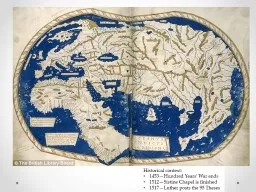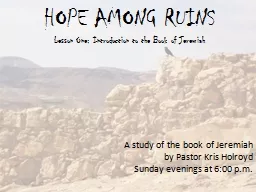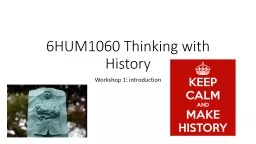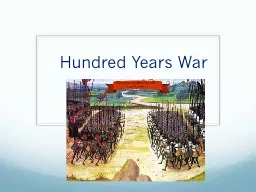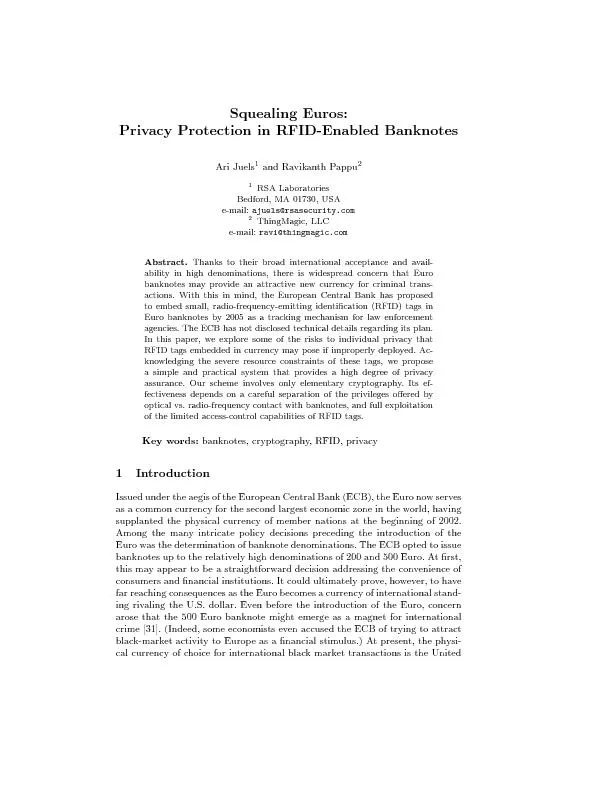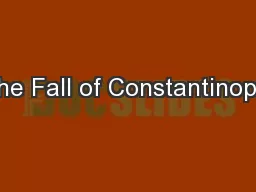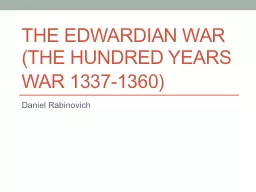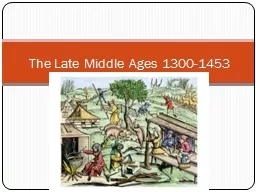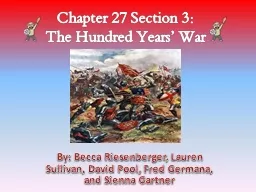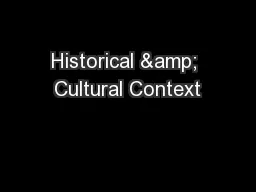PPT-Historical context: 1453—Hundred Years’ War ends
Author : trish-goza | Published Date : 2020-04-05
1512Sistine Chapel is finished 1517Luther posts the 95 Theses When we left off I have given you Adam neither a predetermined place nor a particular aspect nor any
Presentation Embed Code
Download Presentation
Download Presentation The PPT/PDF document " Historical context: 1453—Hundred Year..." is the property of its rightful owner. Permission is granted to download and print the materials on this website for personal, non-commercial use only, and to display it on your personal computer provided you do not modify the materials and that you retain all copyright notices contained in the materials. By downloading content from our website, you accept the terms of this agreement.
Historical context: 1453—Hundred Years’ War ends: Transcript
Download Rules Of Document
" Historical context: 1453—Hundred Years’ War ends"The content belongs to its owner. You may download and print it for personal use, without modification, and keep all copyright notices. By downloading, you agree to these terms.
Related Documents

